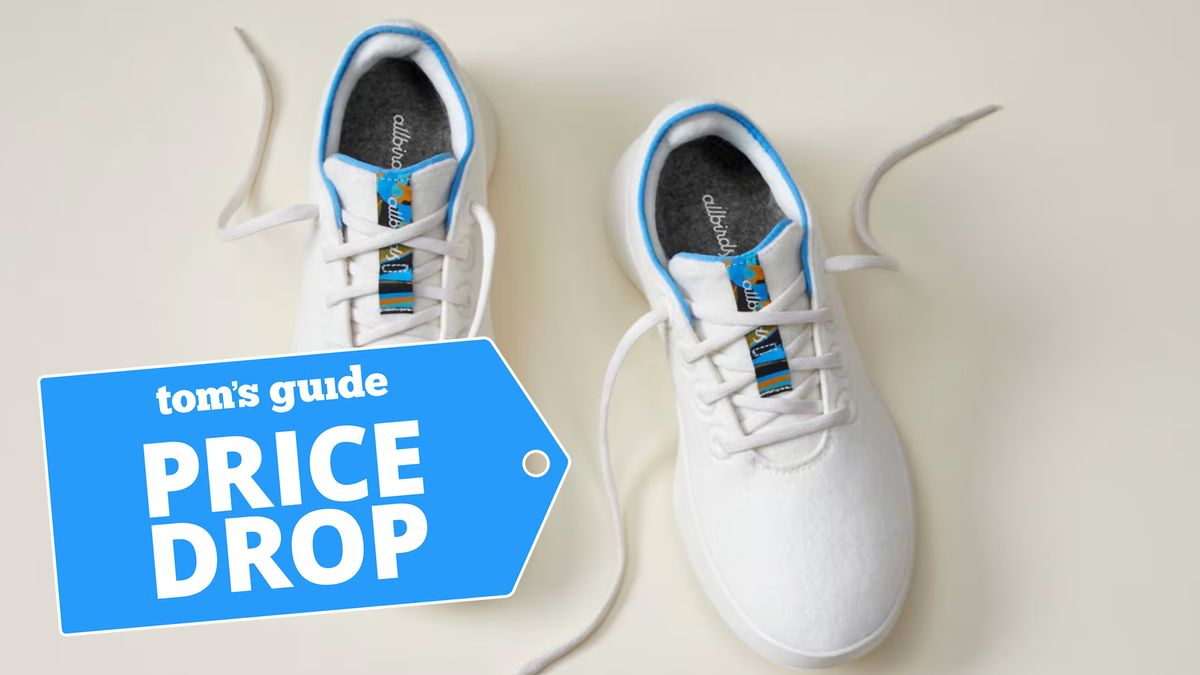Microsoft and Your Privacy: What You Need to Know
When it comes to online interactions, privacy is a hot topic, especially as tech giants like Microsoft expand their reach. Microsoft’s commitment to your privacy is evident through their policies and practices surrounding the use of cookies and data. In today’s digital age, understanding how your data is utilized has never been more essential, and I can share my experience navigating this complex landscape.
Understanding your privacy settings is crucial.
The Role of Cookies in Online Privacy
Cookies, in simple terms, are small files stored on your device that hold data about your interactions with websites. They’re essential for improving your browsing experience by remembering your preferences and ensuring services run smoothly. Microsoft, along with its numerous partners—totaling a staggering 728—uses cookies to personalize ads, measure user engagement, and ultimately improve its offerings.
I distinctly remember the first time I realized how much data was being tracked through cookies. While browsing, I stumbled upon an ad for a product I had researched days prior. It was eerie and made me reconsider my online habits. When I later dived into privacy settings, I discovered the importance of managing cookie preferences actively.
Managing Your Consent
On Microsoft’s platforms, users are presented with a clear set of options when it comes to cookie consent. You can either accept all cookies or manage preferences tailored to your comfort level.
“Your choices matter. You can select ‘I Accept’ or adjust your preferences at any time through the ‘Manage Preferences’ option.”
This flexibility empowers us, the users, to take control over our data, although it often feels overwhelming. It’s crucial to choose the right settings that balance functionality with privacy.
Make informed choices about your data.
Understanding Different Types of Cookies
Cookies can be broadly categorized into three groups:
- Strictly Necessary Cookies: These cookies are essential for the website to function. Without them, critical features may not work.
- Social Media Cookies: They allow platforms to track our interests and improve our social media interactions but may fall short if user permission isn’t granted.
- Advertising Cookies: These cookies build a profile based on your browsing habits to present targeted advertising. While this can feel intrusive, these ads often align more closely with our interests, which is a double-edged sword.
From personal experience, I’ve seen ads become increasingly relevant, but it still concerns me how much of my online behavior these companies seem to track.
The Importance of Device Linking
One of Microsoft’s advanced strategies is linking different devices connected to your account. This means that data shared across devices allows for a more cohesive user experience. For example, I often start a task on my laptop and finish it on my smartphone. While this smart integration enhances functionality, it also raises potential privacy concerns.
Assessing Advertising Performance
Understanding how advertising works is critical. Microsoft employs strategies to measure how effective their advertising strategies are. This means they analyze which ads you see and how you engage with them. Recently, I encountered an ad that appeared multiple times before I finally clicked through. It made me reflect on how many times a brand has to appear before it catches your attention.
The Personal Touch in a Digital World
In my journey as a consumer, transparency has become paramount. Exploring Microsoft’s privacy options made me feel a bit more reassured about my data. However, the internet remains a murky place where personal information can be easily compromised. Knowing how to navigate these waters can provide peace of mind.
Navigate the digital landscape with caution.
Conclusion: Embrace Privacy Awareness
Ultimately, becoming digitally literate regarding privacy practices is a responsibility we all should embrace. Microsoft’s efforts show a step towards greater transparency, but it’s up to us as consumers to stay informed and make choices aligned with our comfort levels. By managing configurations and staying aware of how our data is being utilized, we can enjoy a safer online experience. Embrace your right to privacy and demand transparency. Remember, your choices shape your online world.
Technology is a tool meant to enhance our lives, not complicate them. And while companies may have a mountain of data on us, our informed choices can steer the direction of our digital experiences.


 Photo by
Photo by 









